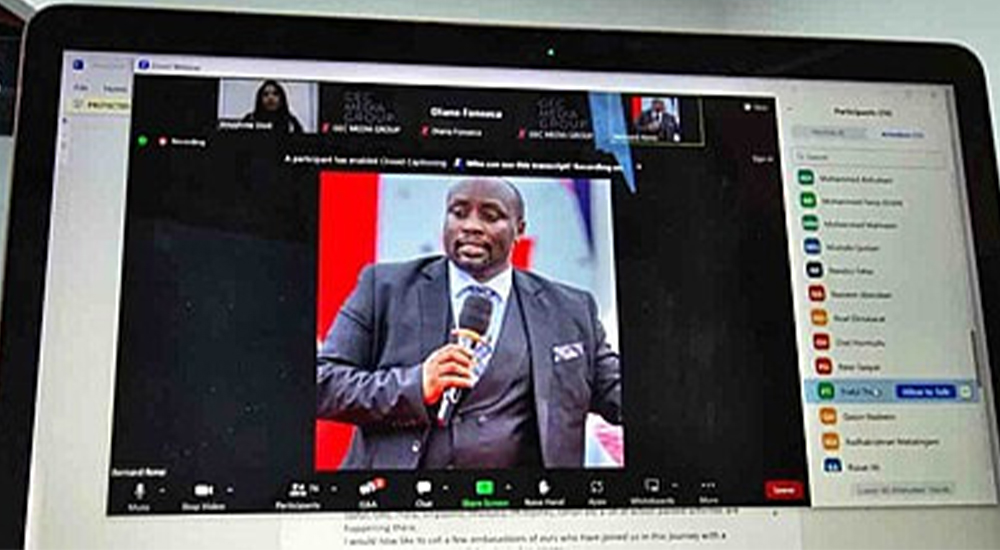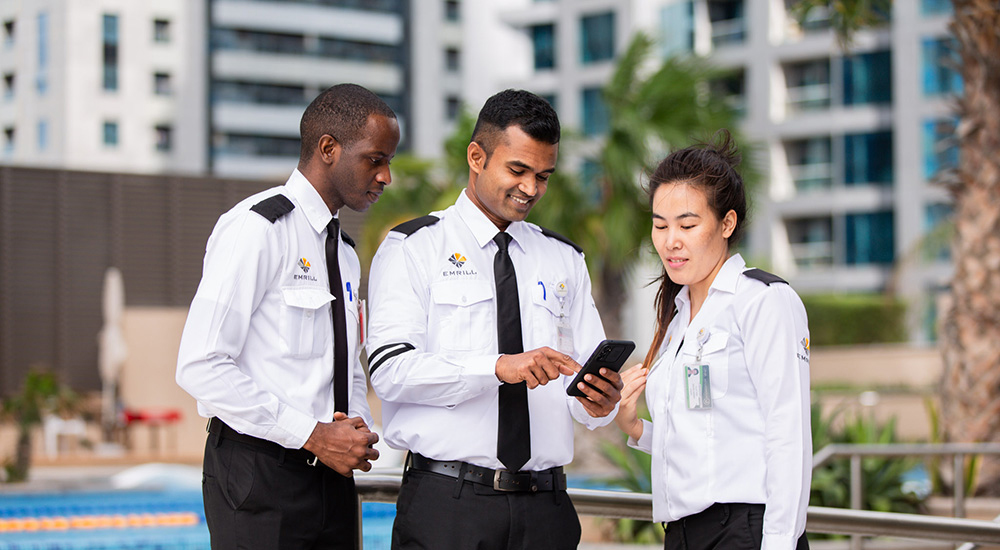Service organisations that cannot shift all employees to work from home during the coronavirus pandemic need social distancing measures for on-site employees. Not all employees can work remotely. For those who remain on-site, like many service employees, changes in workplace processes and design will help provide the social distancing they need to stay safe.
Discrete measures are needed to reduce interactions between people and keep physical distance between them on-site. Many service organisations cannot implement remote work for all of their employees due to the lack of available infrastructure, the physical nature of some service and support roles, or because of union contracts.
Public health officials promote social distancing as a critical non-pharmaceutical action to slow the spread of the coronavirus, but discrete measures are needed to reduce interactions between people and keep physical distance between them on-site.
Gartner recommends that service and support leaders implement the following measures.
Social customs
Implement a no-visitor policy. Allow only authorised employees into the office during this time.
Greet without physical contact. Encourage employees to avoid handshakes and hugs while greeting and interacting with colleagues.
Increase awareness around the six-foot rule. Encourage employees to maintain six feet or two meters from other employees when possible.
Scheduling shifts
Flexible work hours or rotational shifts. Allow flexible work hours or reduce work hours so that fewer employees are on location at any given time.
Staggered shifts
Implement staggered shifts if the work demands a certain number of customer service reps be on-site for handling complex customer issues or for other critical tasks. Allot alternate desks to customer service representatives in the staggered shifts to create time between shifts to thoroughly sanitise workstations.
Workplace design
Insert partitions to raise cubicle wall heights. If there are low or no cubicle walls, add or supplement dividers to create a higher physical barrier between agents to reduce the spread of infectious droplets due to a sneeze or cough.
Revisit and revise seating arrangements. Ensure that customer service representatives are not sitting too close to each other. If you have close or congested open workplaces, allow customer service representatives to use alternate desks and implement rotational remote work where possible.
Collaboration
Pooling tasks. If multiple roles perform similar tasks that must be performed on-site, consider pooling and rotating those tasks so some employees can work remotely while one person takes on-site responsibility. Combine pooling with flexible hours to further increase social distancing and reduce the risk of an employee becoming ill.
Virtual meetings. Ensure that employees can shift in-person meetings to virtual meetings or emails whenever possible. You may need to provide them with laptops or other devices, but also provide support on their virtual set-up and online collaboration tools so they get comfortable using the systems and software.
Key takeaways
- Allow only authorised employees into the office during this time.
- Encourage employees to avoid handshakes and hugs while greeting.
- Encourage employees to maintain six feet or two meters from other employees.
- Insert partitions to raise cubicle wall heights.
- If there are low or no cubicle walls, add or supplement dividers.
- Revisit and revise seating arrangements.
- Ensure service representatives are not sitting too close to each other.
- Allow service representatives to use alternate desks and implement rotational remote work where possible.
By Deborah Alvord, Senior Director Analyst, Gartner.




